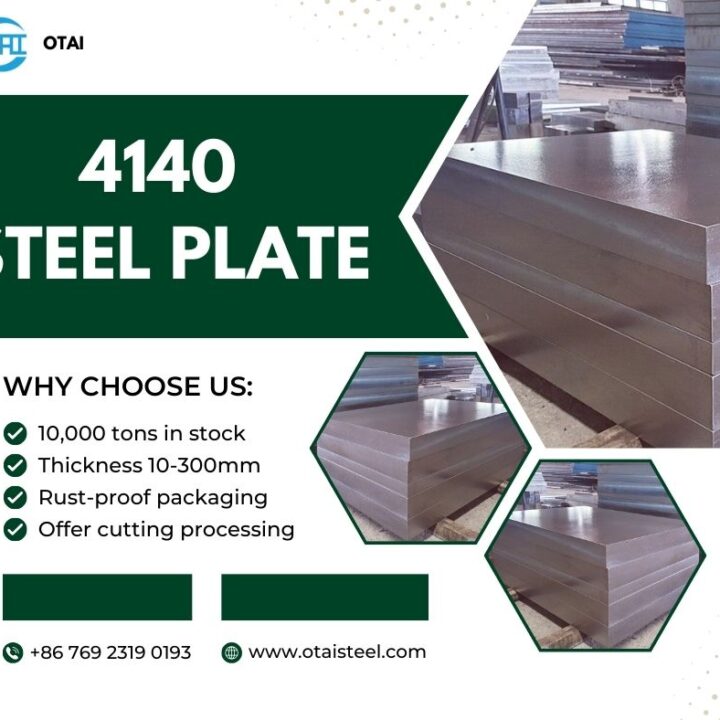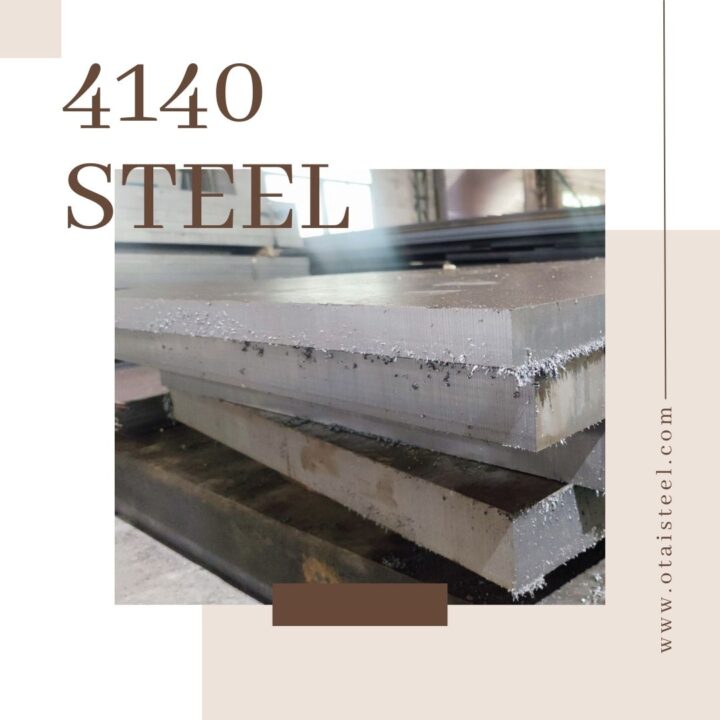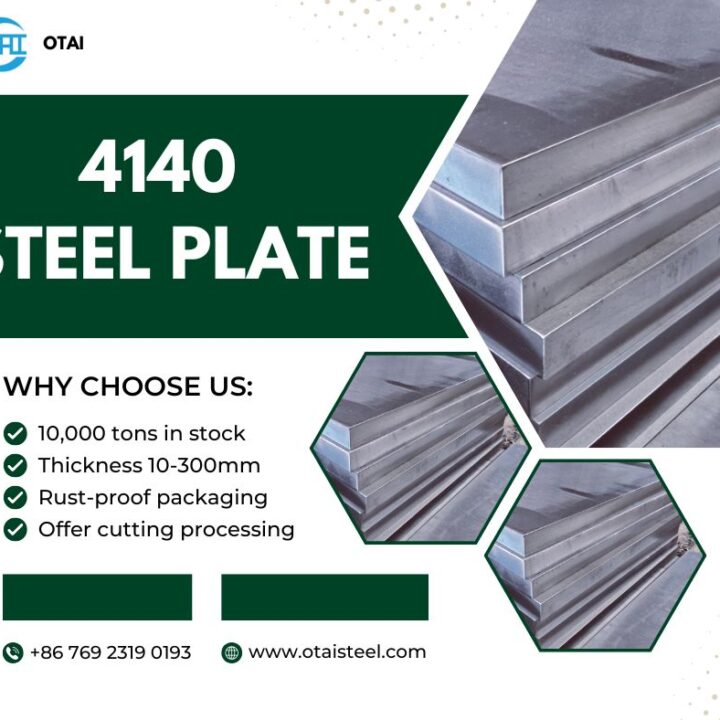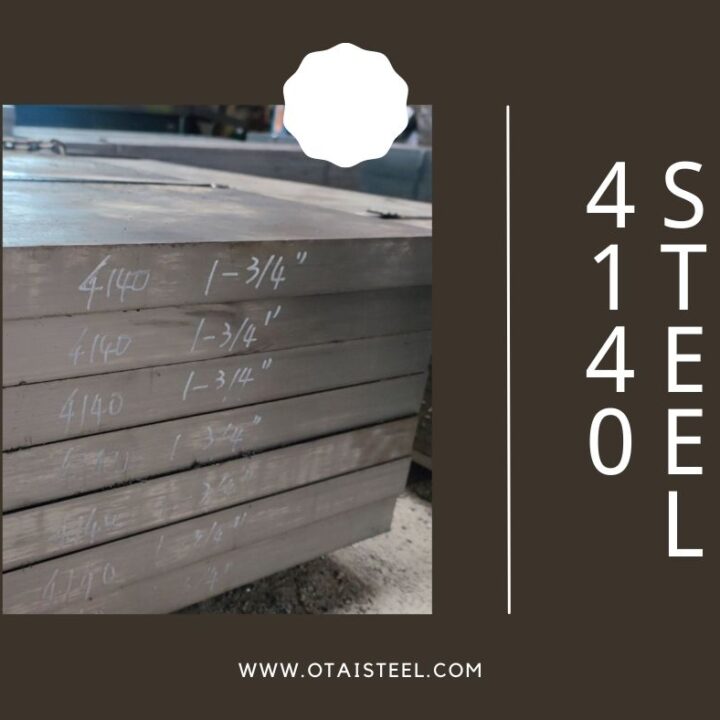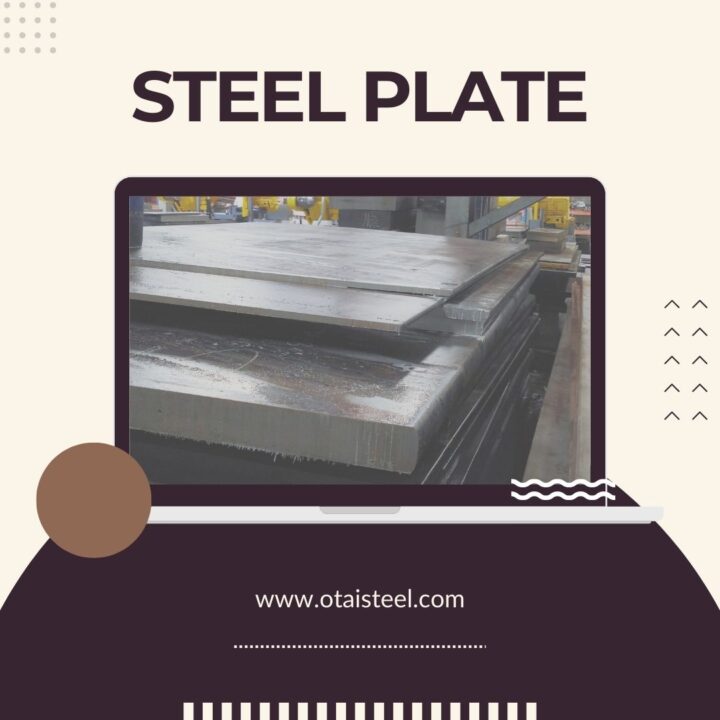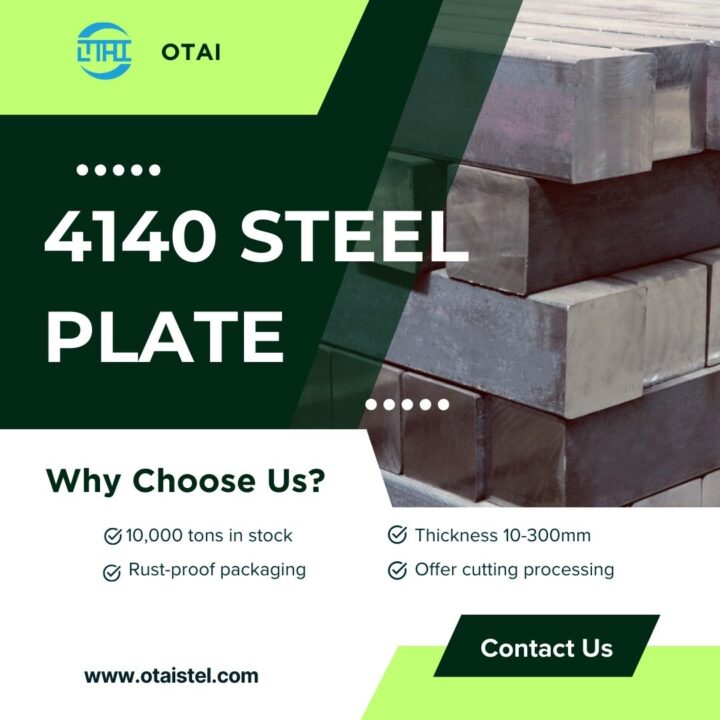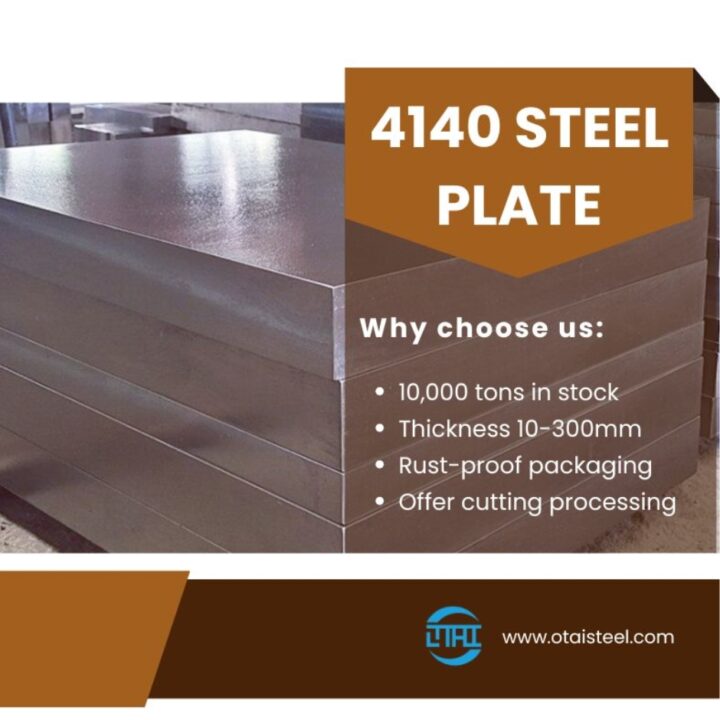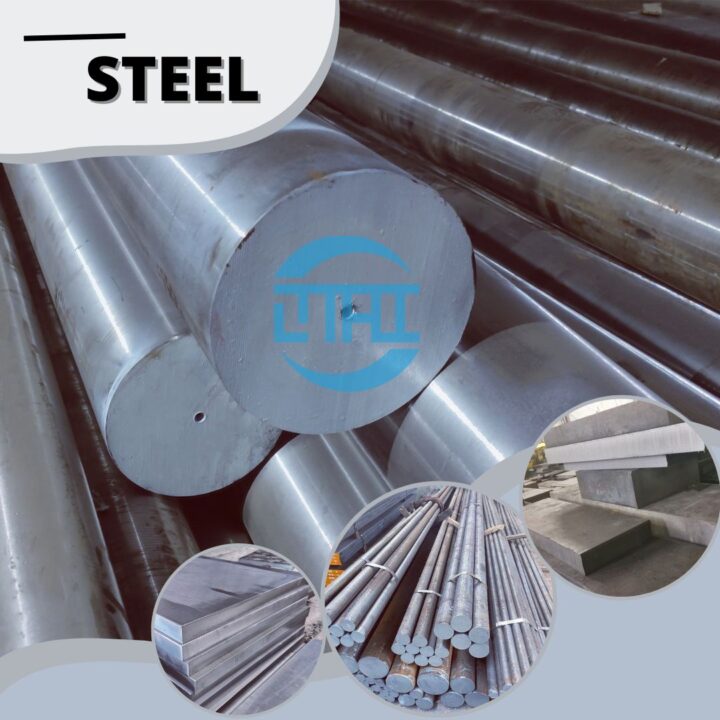D2 Tool Steel-chapter 3
DON’T JUDGE D2 STEEL BY ITS LOOKS
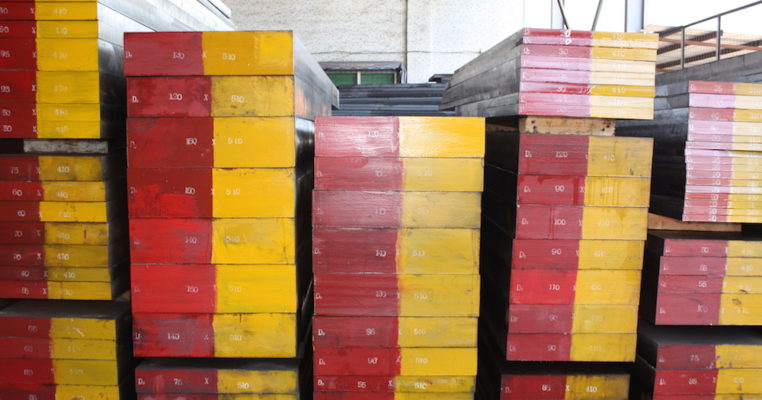
DON’T JUDGE D2 STEEL BY ITS LOOKS
You can’t tell how a knife cuts just by looking at it — you have to cut something with it. I perform cutting tests in materials that have proven to be hard to cut for all but the very best knives. I also do side-by-side cutting comparisons while doing daily cutting chores to distinguish which knives cut with the fewest limitations.
For instance, the D2 knives that made the fewest cuts on rope using only 1-inch of blade, and comparable edge geometry, still accomplished enough slices to be on the high end of “good” by my evaluation criterion. The longest-cutting knives will cut 10 times longer between sharpening, than the knives with the least cutting endurance.
I can take the two very best D2-bladed rope cutters I’ve tested and compare them by cutting the neck off a plastic bottle. One blade can accomplish this with a single slice; the other blade requires 15 slices. In this case, the different heat-treatments achieve different carbide grain sizes, and the larger carbide grain apparently cuts this plastic better than the nano-grain carbide, which is 10 times smaller.
SO, WHAT KIND OF KNIFE DOES D2 STEEL MAKE?
It varies from good to extraordinary, depending on the production lot of steel, the way the steel is heat-treated, and the way the blade edge is beveled and finished. The knife owner can control the last two variables, but the others are established invisibly before the knife is purchased.
The only way to know how good your knife is, is to test it with repeatable cutting tests. It’s like accuracy-testing a firearm. Experience may indicate that a certain type of gun usually performs well. However, the way it performs can depend on the ammo used, and preferences will vary from individual gun to individual gun.
The D2 knives that cut the longest in rope may not always cut the best in other materials. Quantity of cut and quality of cut are usually, but not always, coincidental. The only way to find out is to cut with your knife and test its capabilities. You can at least then be either satisfied or disappointed enough to stay with what you’ve got, or try something different.
Chances are good you’ll ultimately need more than one knife to accomplish all your cutting chores with the least applied effort. But you can’t tell — without comparison-cutting with different knives on the same tasks — which knife is the easiest to use for that task.
Every knife has the potential to be a unique performer in your hands, no matter what any authority tells you to expect on the basis of their experience. Test your own knife, and you become the definitive authority on the knife in your hand. The same conditions apply to every knife with any martensitic steel alloy used for knives.
